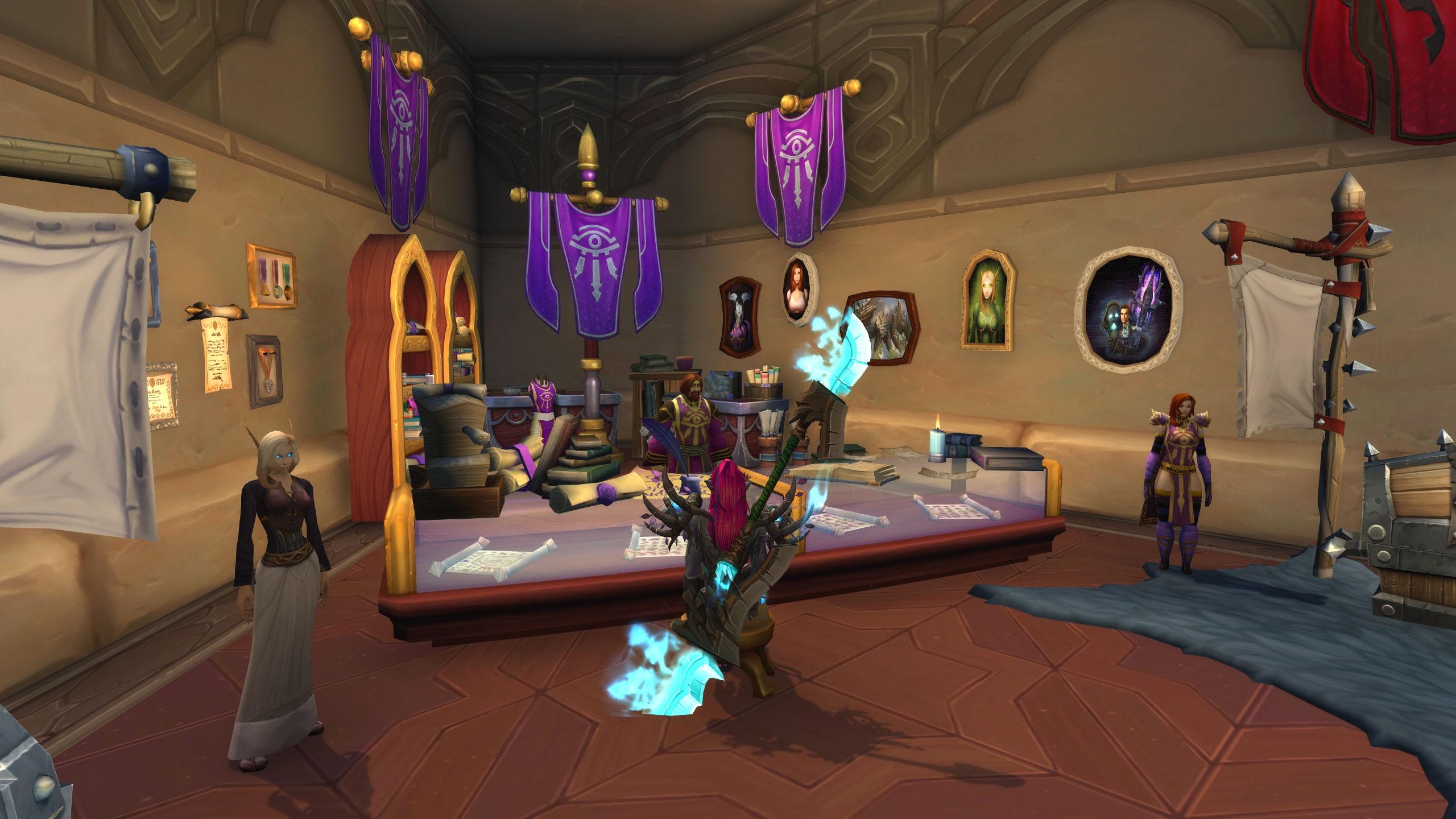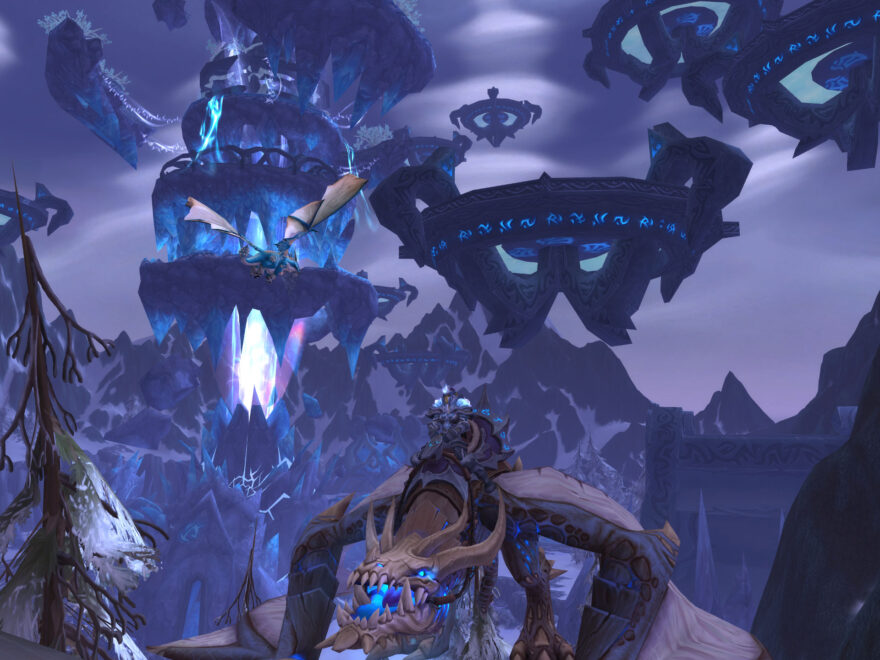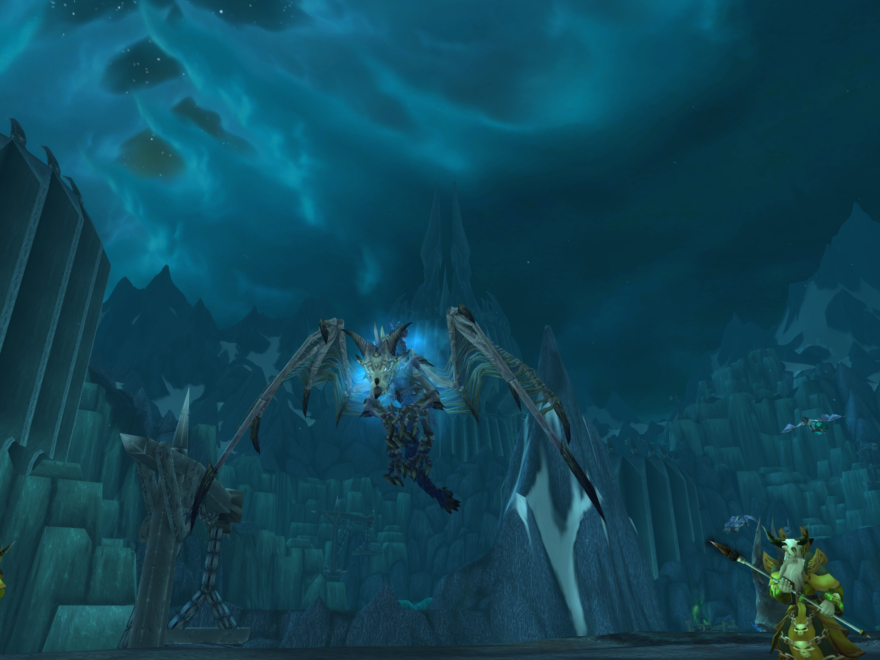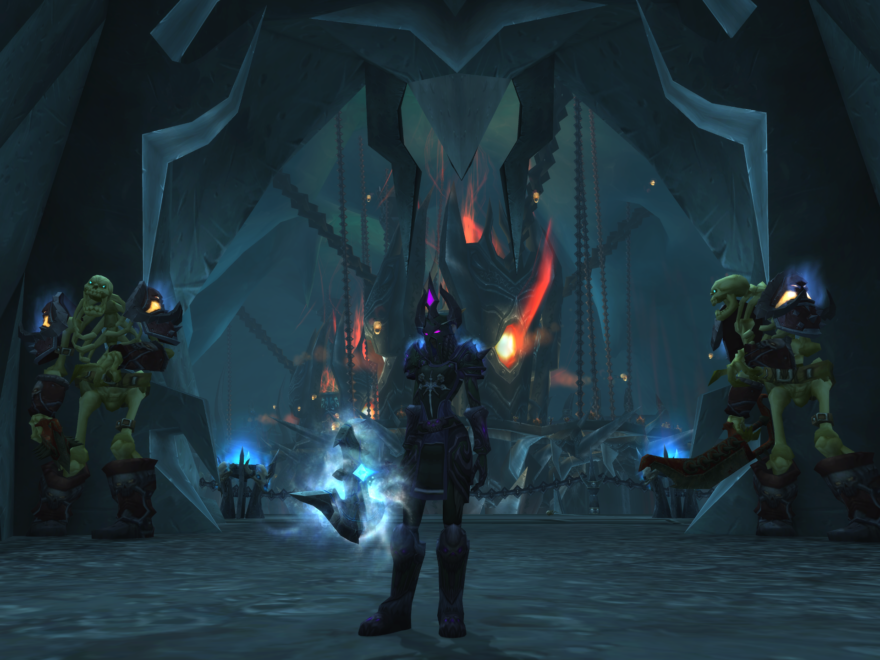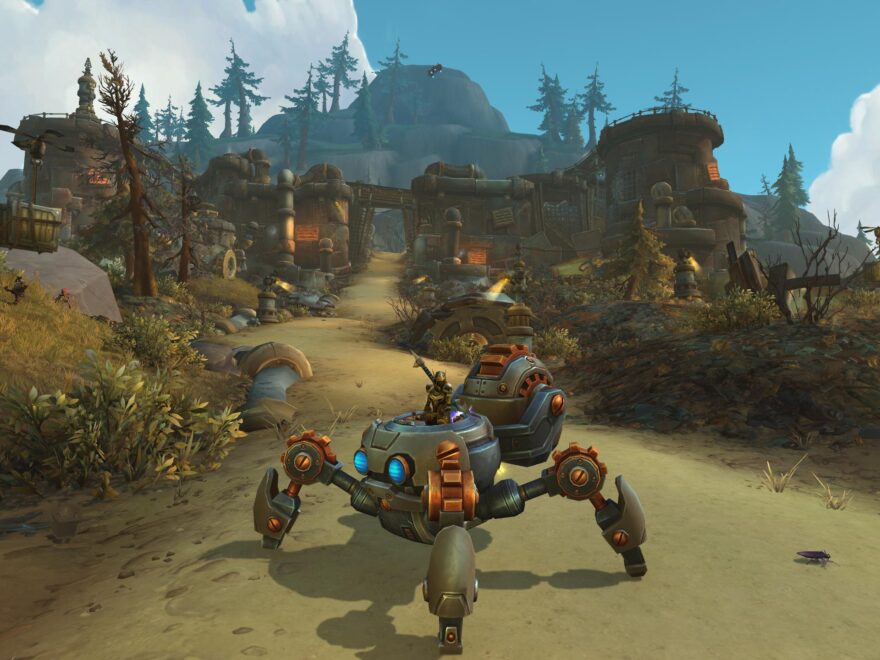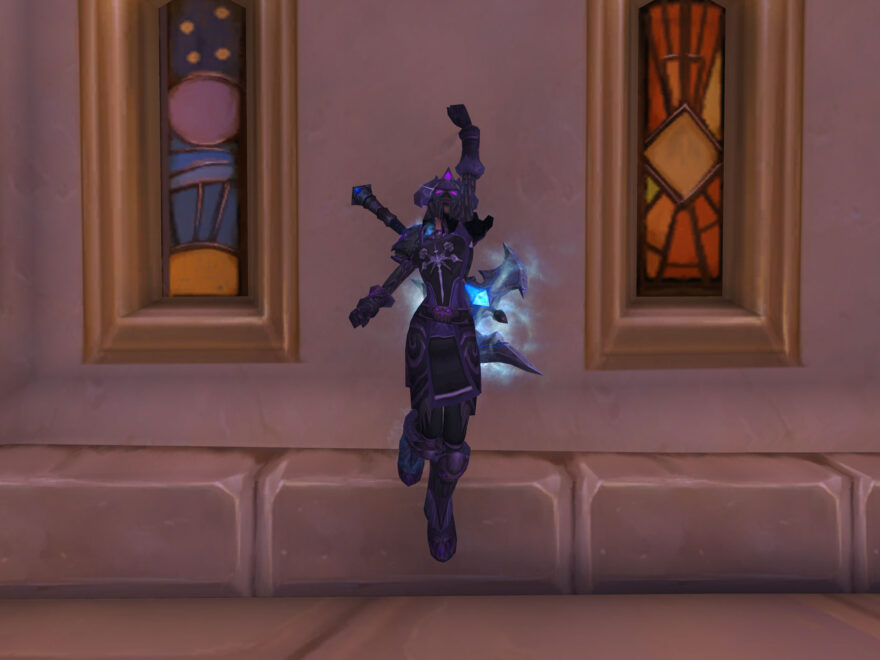Mastering the Art of Earning WoW Gold
Welcome to the ultimate guide on how to earn WoW Gold in 2024! Whether you’re a seasoned player or just starting out in the vast world of Azeroth, this guide is packed with insights and strategies to boost your gold reserves.
Understanding WoW Gold
WoW Gold is the currency of choice in World of Warcraft, used for everything from purchasing gear and mounts to trading with other players on the Auction House. Accumulating gold can enhance your gameplay, allowing you to access resources, upgrades, and cosmetics that can be game-changers.
Beginner Strategies for Earning Gold
Questing and Leveling: Starting with the basics, completing quests and leveling up your character are straightforward ways to earn gold. Each quest rewards you with some gold and items that can be sold.
Professions: Early on, picking up gathering professions like Herbalism, Mining, or Skinning can be lucrative. These materials are always in demand on the Auction House.
Advanced Gold Earning Tactics
Auction House Trading: Mastering the Auction House is a key strategy for earning gold. Understanding market trends and knowing what items are in demand can yield significant profits.
Crafting Professions: Crafting professions, once you’ve accumulated some startup capital, can be extremely profitable. Crafting rare or in-demand items can net you a tidy sum.
Utilizing Add-Ons and Resources
Several add-ons can streamline your gold-earning efforts. “TradeSkillMaster” is a comprehensive tool for managing your Auction House listings, while “GatherMate2” tracks resource nodes that appear in your adventures.
Joining a Gold-Making Community
Connecting with other gold-making enthusiasts can provide valuable insights and tips. Forums like r/woweconomy on Reddit and dedicated Discord servers are great places to start.
Final Thoughts on Earning WoW Gold
Earning gold in WoW requires patience and strategy, but with the right approach, it can be incredibly rewarding. Whether through crafting, trading, or playing the market, there are numerous paths to building your gold reserves.
